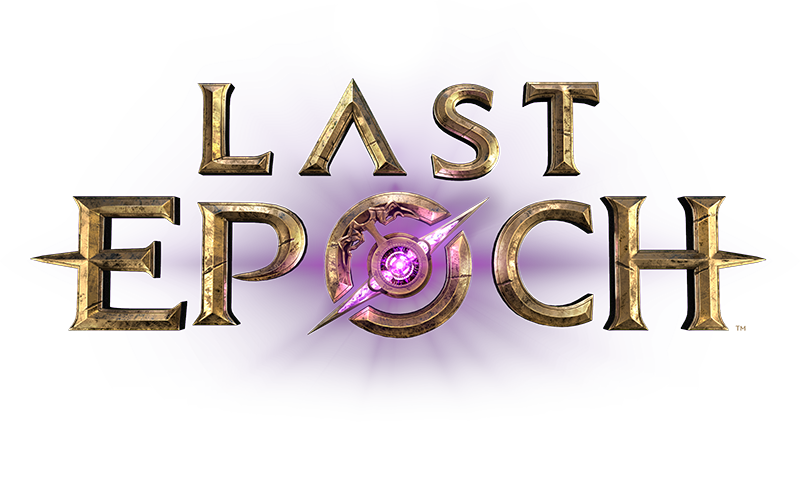Fair would be to balance in a targeted manner rather then doing it as a great swipe affecting everyone differently.
So that leads to: ‘I don’t know when I can expect an item’.
‘I don’t know when a player should even expect a specific grade of progress’.
‘I don’t know which power level a player will have related to content at any specific time’.
It’s a balance nightmare. I have no clue about anything. All I can do is flail around blindly rather then making informed decisions.
Might hit the mark… might fail the mark.
It’s not preference. Either you have the knowledge and use it… or you don’t have the knowledge and acquire it. Luck is exactly that… luck. And unless you become so skilled that ‘luck’ is the norm it’ll run out.
And what then?
Why?
As mentioned. I can either get every single unique once per 1000 hours… or I can get every sort of category once per hour. That’s up to the design behind it.
If I see too few uniques in generally by the second you can also implement a modifier based on the amount of uniques for quantity. Then yes… that 1000 changes suddenly… but each item stays still in relation to each other.
Not even that is guaranteed. Everything changes. nothing stays constant. It’s a prime ‘chaos machine’ still.
There is not a single fixed value anywhere. You can’t say ‘I wanna see this category that often’ ‘I wanna see that item that often’ ‘I wanna see those in proportion to the other types that often’ you got nothing.
